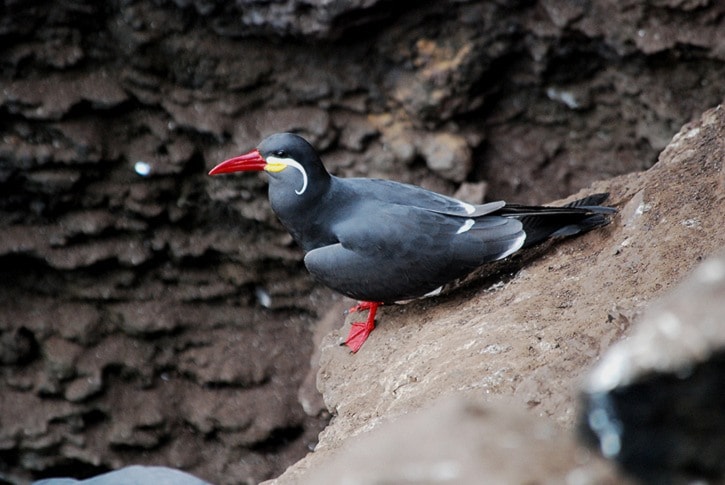As I write this article I am sitting in the Hotel Casa Andina in Lima, Peru. Marie and I are on a three week tour of northern Peru. Although this is primarily a birding trip, I’m sure there will be lots of interesting things to see.
Our flight arrived here last night just before midnight. By the time we had cleared customs, found our shuttle bus, and made our way to the hotel it was 1:30 in the morning. And then this morning we had to be up and finished breakfast by 6 a.m. Although it was a slightly groggy start, the prospect of so many new and different birds had us all ready to go!
Peru has one of the richest and most diverse bird populations in the world. In a country smaller than the size of B.C. and Alberta combined, there are about 1,800 species of birds. By comparison, all of Canada has a little more than 600. Peru’s list includes over 120 species of hummingbirds!
Our trip is in three parts: the Coast, the Andes Mountains and the Amazon Basin. Today we were on the coast, which is by far the least rich of the three.
Coastal Peru is remarkably dry, and one look at the countryside here leaves little doubt that it rarely rains here. The hills adjacent to the ocean are absolutely devoid of any vegetation.
As a result, most of the birds here are associated with the ocean or the few coastal marshes. Despite this, I saw 22 species today that I had never see anywhere before (This number will climb rapidly once we get into the Andes!).
A number of today’s birds were similar to birds we have at home. Some of today’s “lifers” included Peruvian Pelican, Kelp Gull, Gray-headed Gull, Inca Tern, Great Grebe, West Peruvian Dove, Peruvian Meadowlark, Red-legged Cormorant, Striated Heron and Andean Coot. These families are all represented in B.C.
The Peruvian family members are sometime quite different. The Meadowlark was stunning. Unlike our meadowlarks, which are strikingly yellow-breasted, the Peruvian Meadowlark has a solid red breast. And while most of our terns are primarily white, the Inca Tern is a solid slate-grey colour with remarkable head adornments. The bill is bright red, (as are the feet), there is a yellow patch on the side of the face below the eye, and a strange curling white plume begins by the beak and twist back and away from the head on either side (This is the bird in the photo).
Some of the other birds, however, bear no resemblance to species found in our part of the world. One of the first species we saw today was Humboldt Penguins. Penguins, so close the equator! There were half a dozen of them swimming and diving in the surf near shore. Others included species with names like Blue-black Grassquit, Surf Cinclodes, Many-colored Rush-Tyrant, and Wren-like Rushbird.
Tomorrow we fly north to the town of Cajamarca where we begin a twelve day road trip up and over the Andes Mountains. At our highest point we will be at an elevation of 4000m (13 000ft). Not sure yet if elevation sickness will be an issue; I’ve been told that some people succumb to it at much lower levels than others!
Hopefully I will find suitable internet connection on the road ahead and I will be able to report again, from somewhere in the jungles of Peru!
